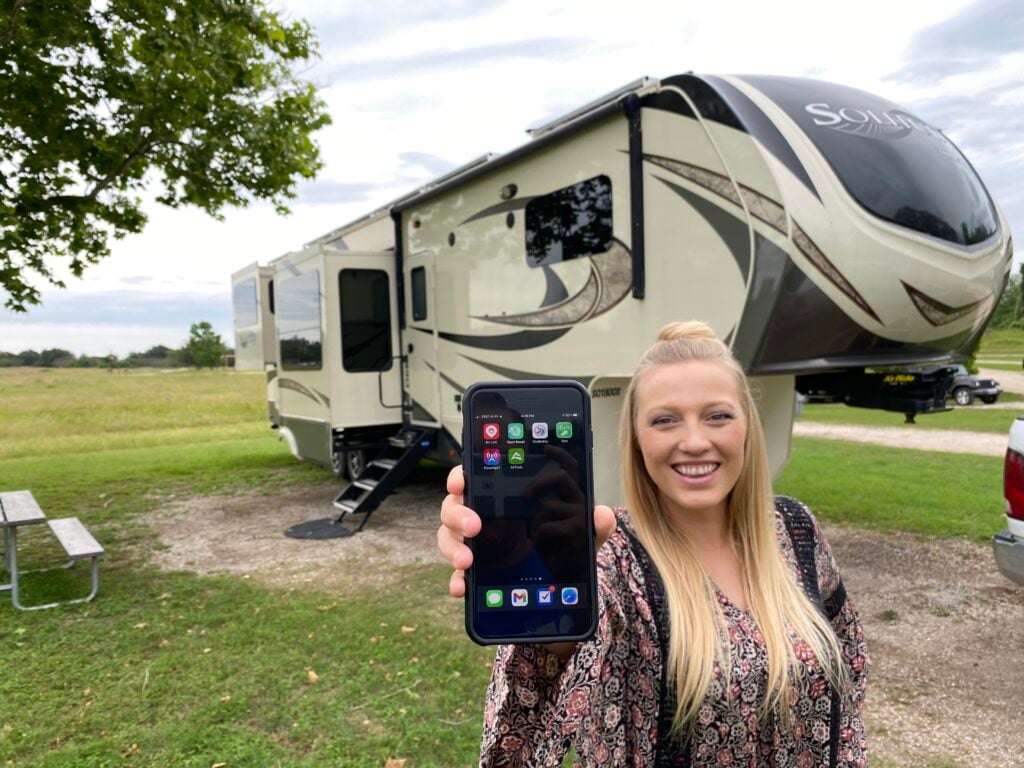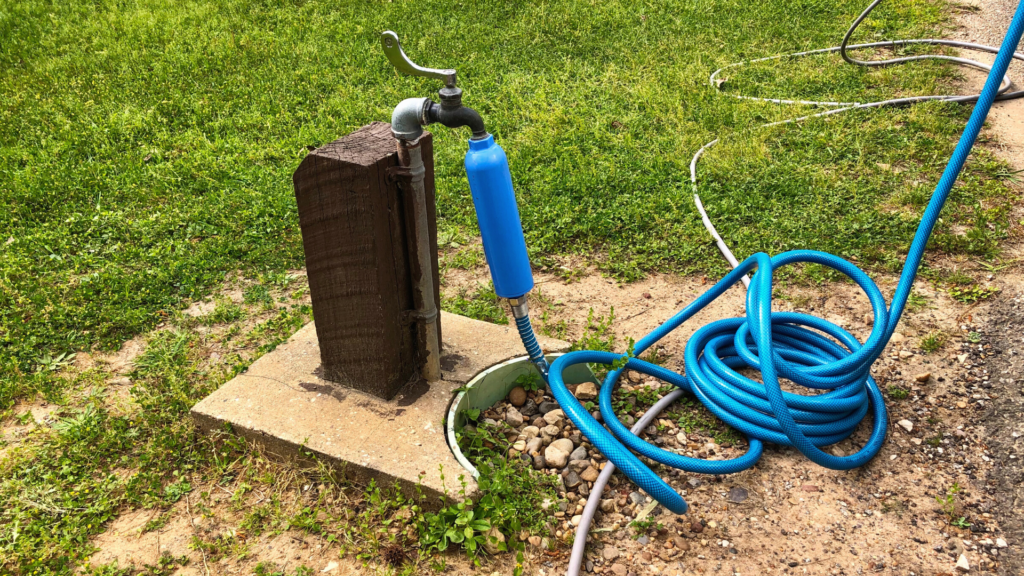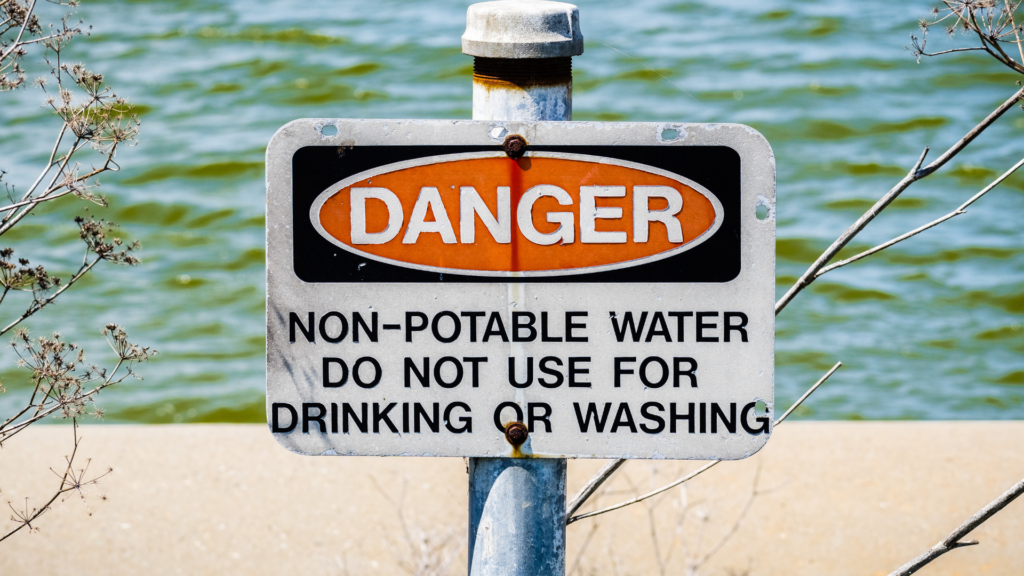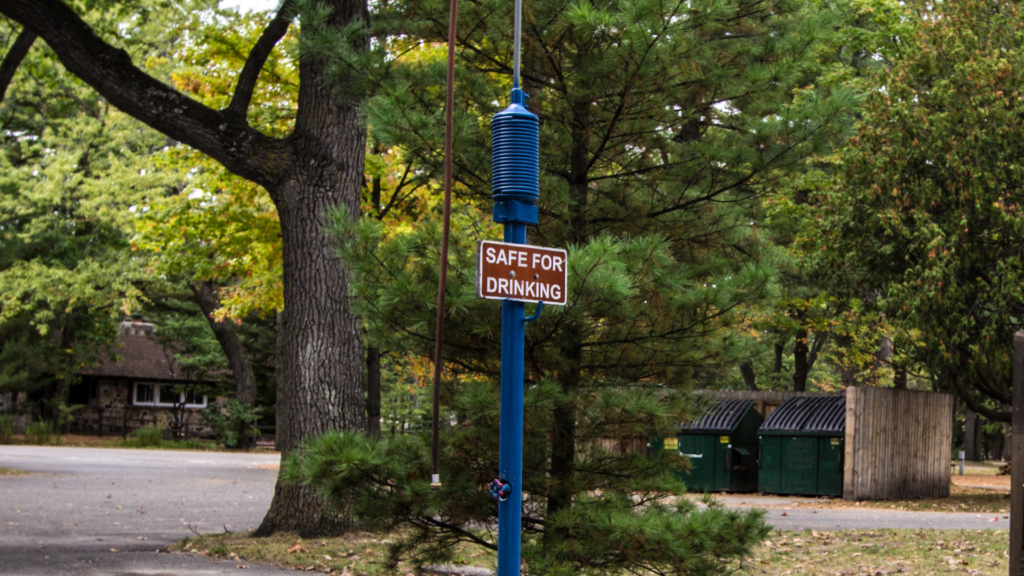How Do You Find RV Fresh-Water Fill Stations?
Where can you even begin your search for finding RV fresh water fill stations? Let’s take a look at a few simple resources that will help you in your search.
RV travel allows you to bring along all of the comforts of home on your adventures. Having the ability to cook, shower, and use your restroom while on the road makes travel so much more enjoyable. One struggle some RVers have is finding RV fresh-water fill stations when boondocking or dry camping. Your water features are of no use if you can’t find a place for fresh water. Today we are going to help you with your water fill-up research.
Websites
Websites such as RV LIFE Campgrounds can help you locate fresh-water sources. Using websites that also feature reviews can help you decide the water source that will work well. Another great website to utilize is Google Maps. You will be able to locate fresh water and research if it is accessible for your RV setup.
Apps
Apps like RV LIFE Trip Wizard are one of the most helpful travel tools. Not only can you find great spots to camp, but you can locate services such as fresh water and dump stations. Be sure to turn your location on to find fresh water near your location. These apps are also helpful when researching services where you’ll be traveling.

Ask At Your Local Campground
If the campground you are at does not have fresh water available, they likely know where to find some. The campground’s front office should have a list of nearby services, including fresh water, dump station, and propane fill-up. If there is no front office where you are camping, ask fellow RVers. If you need a hard-to-find service, everyone else is likely in the same boat. Instead of searching for hours, ask around to see who has already found the required service.
Where Can You Fill Your RV Fresh-Water Tanks?
We’ve given you a few tools to help you seek out fresh water, but we’d also like to provide you with a start in the right direction. Here are a few tried-and-true locations that you can check first.
Rest Stops
You might be surprised to learn that many rest stops have fresh water and even dump stations throughout the country. Often you can fill up your fresh water completely free.
Campgrounds
Almost all paid campgrounds provide fresh water. Call ahead to be sure they allow those not staying at the campground to access their water fill station. Generally, they will allow you to fill for a small fee. You might even get lucky, and there will be no charge. Be sure to check in with the office before you begin filling.

Fuel Stations
While you are filling up your fuel, you can also fill up your fresh water tank. While you can’t count on a fuel station to have fresh water available, many do. You are most likely to find fresh water at large truck fuel stations such as TA, Pilot, and Loves. Most of these fuel stations will list it online as a service if they have it.
Local Parks
Many local and county parks have fresh water spigots available. You can often use these spigots without cost, but you will want to double-check with the city to be sure. Water spigots that are safe for consumption have a blue pump handle.
Dump Stations
If you are utilizing a dump station, odds are there is a fresh-water spigot available to you. You’ll need to be very careful to use potable water to fill your fresh-water tank at dump stations. Typically there is a tank clean-out hose and spigot; you do not want to use that water to fill your fresh tank under any circumstances. Potable water should be marked at a dump station.

Tips For Easy RV Fresh-Water Tank Refills
If you are new to RVing or don’t do it very often, you might find yourself intimidated by filling your fresh-water tank. Even if you aren’t new, you may have never filled your fresh tank if you typically rely on city water at campsites. Here are a few tips that will make the experience stress-free.
Be Prepared For A Non-Threaded Spigot
Not all water sources will have a threaded spigot. Typically, you will find this situation if you are attempting to fill up at a spring-fed water source. The way to still utilize these water sources is by using a product called a water bandit.
Carry An Extra Water Hose
Sadly, not all water sources have a high degree of accessibility. Sometimes the water spigot will be just out of reach, requiring an extra hose to make it work. Carry a second hose rather than being frustrated and spending time trying to reposition or, worse yet, abandon the water source in search of something else.
Make Sure You Have A Water Filter
Even potable water sources aren’t perfectly filtered. Even if you don’t intend on drinking the water, it is essential to filter the water you bring into your RV. Carrying a water filter ensures you aren’t putting potentially harmful water into your system.

Do You Have To Use A Potable Water Spigot To Fill Your RV?
Using non-potable water sources can be very dangerous. There could be chemicals in the water source that you’re unaware of that are unsafe for human consumption. This water may be fine for rinsing out sewer hoses or washing your RV, but you should not drink it.
We do not recommend using non-potable water but understand that some RVers choose to use it when they have no other choice. Have a plan and make sure that the water source you’re planning to use is safe for you to use in your RV.
There Are a Variety of Ways to Source Fresh Water
In conclusion, don’t let water be a source of frustration while exploring. Thankfully there are a variety of water sources that are rather easily accessible. What do you find to be the best way to find RV fresh-water fill stations?

Since the pandemic many rest areas and parks have cut off this source of fresh water